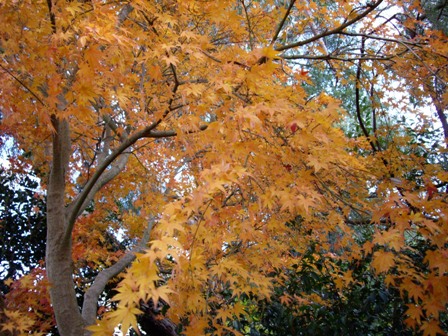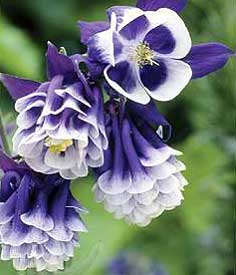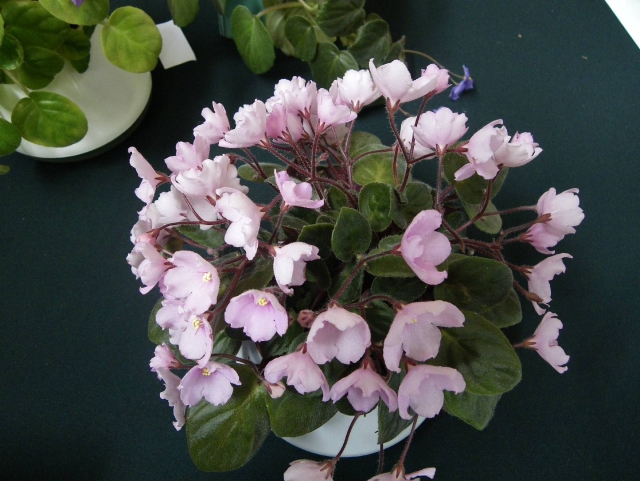CAMELLIAS
CAMELLIAS The most commonly grown camellias in the colder climates are the sasanqua, japonica, reticulata and more recently the hybrid types. The major advantage of the sasanqua type is that it will tolerate a greater degree of sun than other camellias and is thus more versatile as a general garden…



